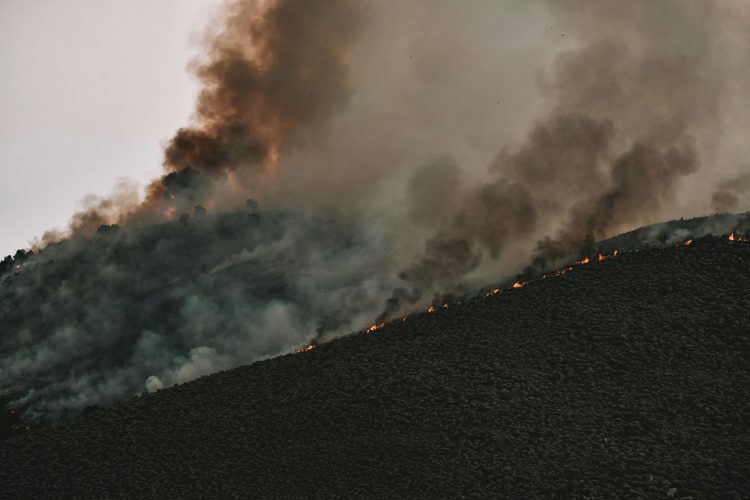Climate change is not just an environmental issue, it is a global economic threat that we can no longer afford to ignore. The frequency and intensity of climate disasters such as hurricanes, floods, droughts, and wildfires are on the rise, causing immense damage to local and global economies.
The Economic Impact
The economic impact of climate disasters is staggering. In 2020 alone, the United States experienced a record-breaking year of weather and climate disasters, costing the country an estimated $95 billion in damages. These costs include property damage, infrastructure repair, healthcare expenses, and displacement of communities.
But the economic effects go beyond just immediate costs. Climate disasters can have long-term impacts on local economies, leading to job losses, decreased productivity, and increased poverty rates. Small businesses, which are the backbone of many local economies, are particularly vulnerable to these impacts.
Disrupting Supply Chains
Climate disasters can disrupt global supply chains, which can have far-reaching consequences for businesses and consumers. For example, severe floods in Thailand in 2011 caused widespread damage to manufacturing facilities, leading to a shortage of hard drives and other electronic components. This impacted the production of consumer electronics around the world and caused a ripple effect throughout the entire supply chain.
Similarly, extreme weather events can disrupt agricultural production, leading to food shortages and price increases. This can have devastating effects on vulnerable populations who rely on agriculture for their livelihoods and food security.
Increased Insurance Costs
The increasing frequency and severity of climate disasters have led to skyrocketing insurance costs. Insurance companies are faced with more claims and higher payout amounts, prompting them to raise premiums for policyholders. This not only applies to property and casualty insurance, but also to business interruption insurance, which covers lost income due to climate-related disruptions.
These rising insurance costs can place a significant financial burden on businesses, especially small and medium-sized enterprises (SMEs) that may struggle to afford adequate coverage. It also puts pressure on governments to provide financial assistance to affected communities and businesses.
Investor Concerns
Climate change and the associated risks are increasingly on the radar of investors. Institutional investors are paying closer attention to a company’s environmental and social impact and are factoring climate-related risks into their investment decisions.
Companies that fail to address climate risks may face lower valuations and limited access to capital. On the other hand, companies that demonstrate a commitment to sustainability and climate resilience may attract more investment and enjoy a competitive advantage in the long run.
The Road to Resilience
Addressing the impacts of climate disasters requires a multi-faceted approach. Governments play a crucial role in implementing policies and regulations that promote climate resilience and mitigation. This includes investing in resilient infrastructure, promoting renewable energy, and incentivizing sustainable practices.
Businesses also have a responsibility to adapt and build resilience to climate change. This can involve diversifying supply chains, investing in energy-efficient technologies, and performing risk assessments to identify vulnerabilities.
Climate disasters pose a significant threat to both local and global economies. From the direct costs of damages to the indirect impacts on supply chains, insurance costs, and investor confidence, the economic consequences of climate change are far-reaching.
Addressing climate change requires collective action, with governments, businesses, and individuals working together to mitigate risks and build resilience. Failure to act now will only lead to greater economic losses and human suffering in the future.























